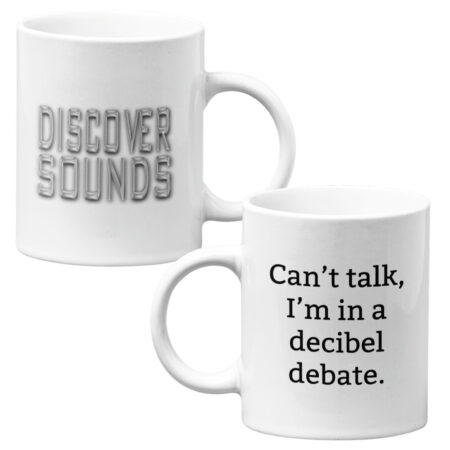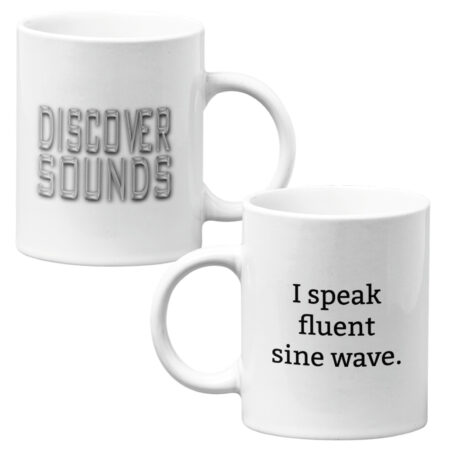In the vibrant tableau of 20th-century art, two movements stand out for their radical reimagining of music and sound within the broader context of visual arts and performance: Happenings and Fluxus. These movements, emerging amidst the fervor of the Neoavantgarde in the 1960s and 1970s, blurred the lines between life and art, inviting a reevaluation of what could be considered musical performance.
Happenings: An Auditory Awakening
Conceived by Allan Kaprow and inspired by John Cage’s avant-garde compositions, Happenings were as much about sound and music as they were about breaking down the fourth wall in art. Kaprow, along with contemporaries like Joseph Beuys and Nam June Paik, orchestrated events where the distinction between performer and audience was dissolved, making every moment ripe for artistic creation. These performances often incorporated everyday sounds and activities, challenging traditional notions of music and its place in the context of art.
Fluxus: The Art of Noise
Parallel to, and sometimes intersecting with, the Happenings was Fluxus, a movement that germinated in Europe under the influence of figures like Ben Vautier. Fluxus artists embraced an even broader conception of music, one that included the sounds of mundane actions and objects as worthy of aesthetic consideration. This philosophy was deeply influenced by Marcel Duchamp’s idea of art as a mental process rather than a physical product, leading to performances and compositions where anything—from the crash of a falling object to the silence of a contemplative audience—could be music.
Everyday Life as a Concert Hall
Both Happenings and Fluxus were revolutionary in their insistence that every moment of life could be a work of art, and by extension, a musical composition. This perspective was not just theoretical but practiced through events that turned everyday locations into stages and ordinary people into unwitting performers. The use of photography and video recording to document these fleeting moments underscored the ephemeral nature of their music, a stark contrast to the permanence sought by traditional compositions.
Challenging the Establishment
A key aspect of the experimental music within these movements was its challenge to the professionalization of art and music. By rejecting the elitist art market and the traditional concert hall, Happenings and Fluxus democratized musical creation, arguing that anyone could be an artist and any action could be music. This was a radical departure from the notion of the musician as a skilled specialist, opening up new avenues for participatory and inclusive musical experiences.
Interdisciplinary Innovation
The interdisciplinary nature of Fluxus, in particular, fostered a fertile ground for cross-pollination between music, visual art, poetry, and theater. This approach led to innovative compositions that transformed banal actions and objects through aesthetic reinterpretation, challenging audiences to hear the world anew. The movement’s connection with social and political movements of the time, notably the youth and student protests of 1968, imbued these musical experiments with a sense of urgency and relevance.
Conclusion
The Happenings and Fluxus movements, with their radical inclusion of everyday sounds and rejection of traditional performance spaces, expanded the boundaries of what could be considered music. In doing so, they not only challenged the status quo of the art world but also offered a vision of a society where every individual could find beauty and meaning in the most mundane moments. As we continue to explore the possibilities of sound and music in contemporary art, the legacy of these movements serves as a reminder that the most profound symphonies may be happening all around us, in the very fabric of our daily lives.
Read more on Finestre’sullArte



